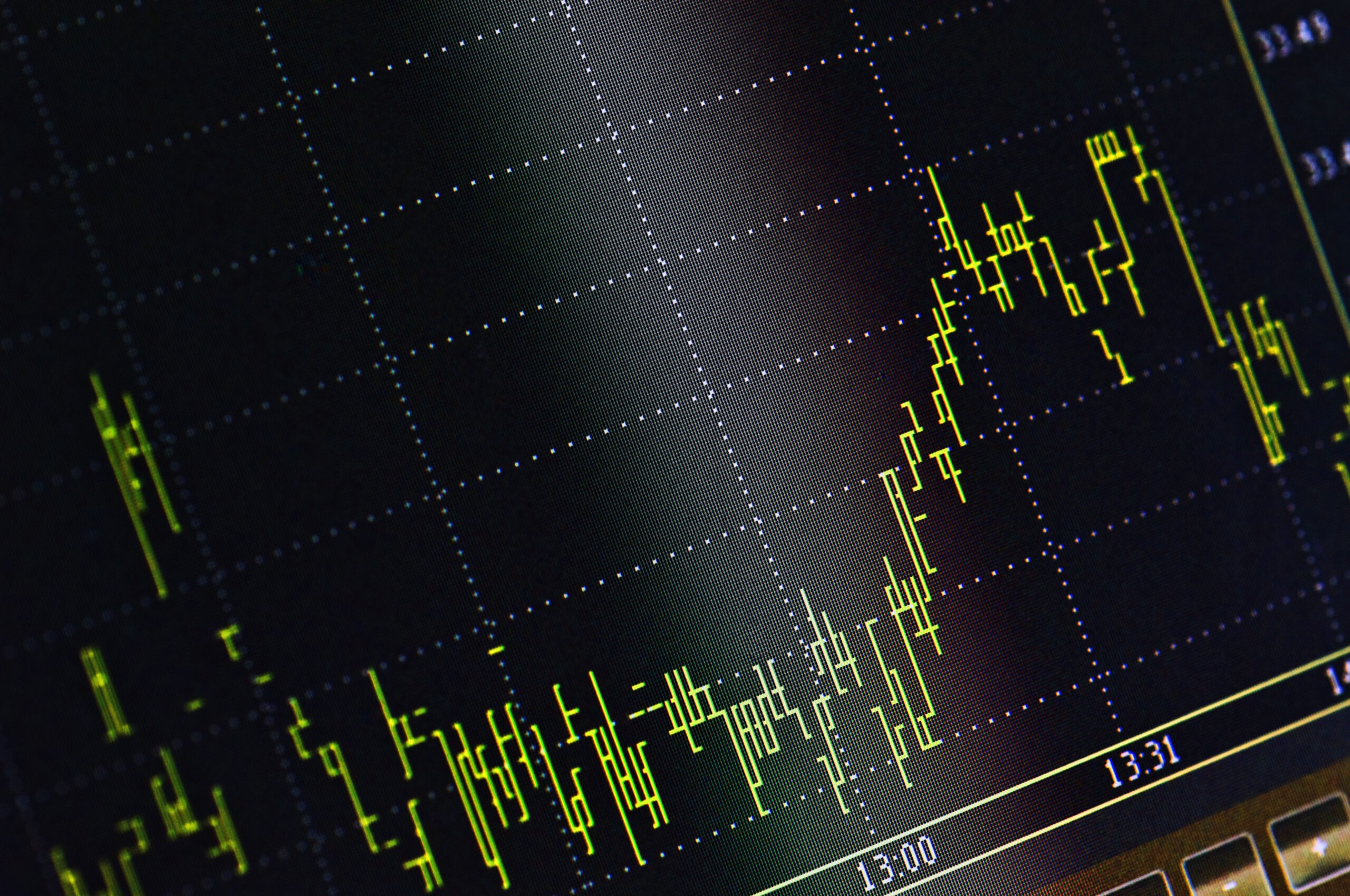Spurred by the allure of cheap debt, the stock market has all but ceased to be a mechanism for capital to be invested in public companies and has increasingly become a mechanism for capital to be extracted from them. As aptly summarised by the economist and author, John Kay: ‘As a source of capital for business, equity markets no longer register on the radar screen. In both Britain and the US, funds withdrawn through acquisitions for cash and share buybacks have recently routinely and considerably exceeded the amounts raised in rights issues and IPOs.’ For stock investors, it is important…
Cancel at any time. Are you already a member? Log in here.
Want to read the full story?
Unlock this article – and everything else on The Currency – with an annual membership and receive a free Samsonite Upscape suitcase, retailing at €235, delivered to your door.

